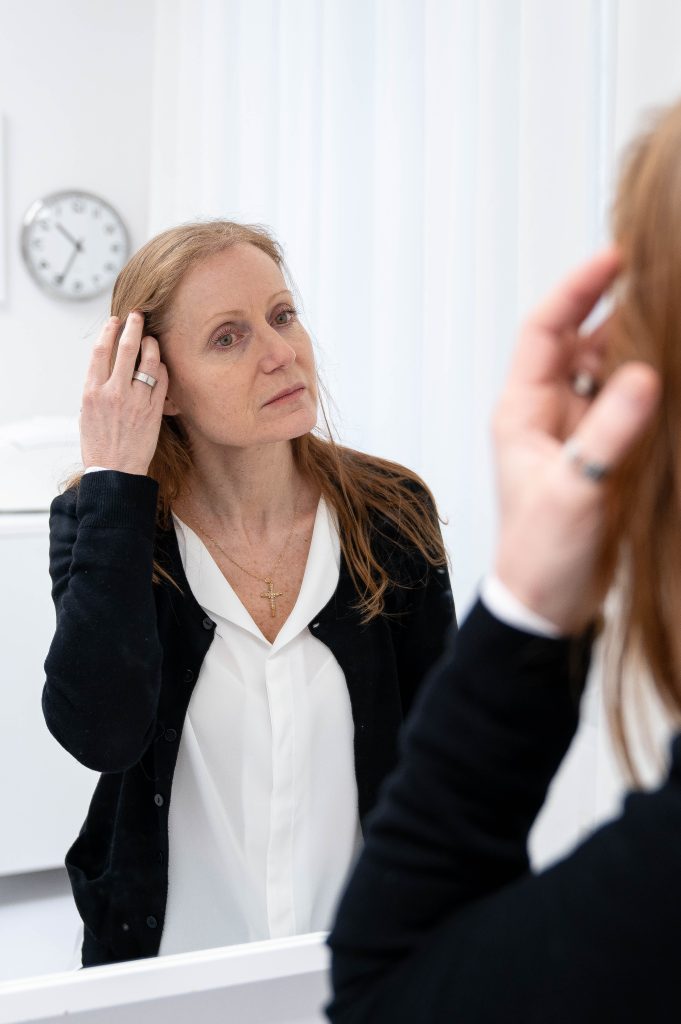Different forms of alopecia
A group of common hair diseases
There is a group of common hair diseases in the category of alopecia. These are autoimmune diseases, which means that the body’s own immune system attacks the hair follicles and causes them to stop producing hair.
The different diseases under the category of alopecia are:
- Alopecia areata (patchy hair loss) – where you get bald patches in your hair.
- Alopecia totalis – where all the hair on your head falls off.
- Alopecia universalis – where hair loss has spread to the entire body.
The diseases are genetic and research has not been able to find out what triggers them.
If you’re a smoker, you’re more likely to develop the hair disease than if it’s in your genes. PRPcan relieve the symptoms of hair diseases and stimulate hair growth.




